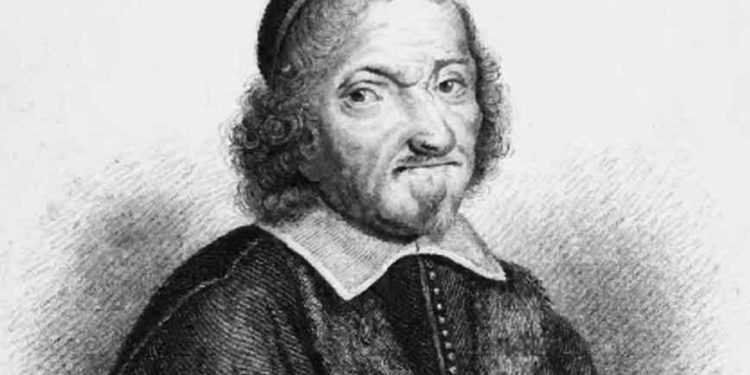The stories behind Torbay’s blue plaques by Ian Handford, chairman of Torbay Civic Society. This week: Rev Miles Coverdale
The first blue plaque dedicated to the Lords of the Manor of Peintona (Paignton) in Bishops Place was formally unveiled following refurbishment of the walls and tower of what was locally called Coverdale Tower in 1987.
Previously derelict, the work had been financially supported by the Heritage Lottery Fund with the help of Paignton Preservation and Local History Society, led by the late personality chairman Tony Moss.
Its volunteers oversaw the restoration and creation of many new internal rooms to show the style of living during medieval times making it more a museum rather than a visitor attraction after it was opened in 2007 when our replacement blue plaque was erected.
Today what is called the Coverdale Tower – officially the Bishops Tower – is still open to the public but only by appointment as it must be manned by one of the now Paignton History Society volunteers.
Miles Coverdale, the Bishop of Exeter’s adjunct in his huge West Country diocese, throughout life was a controversial figure, what was called ‘a patriotic zealot of the Reformation’.
Tyndale’s Bible had appeared in 1535 although this did not secure an English Royal licence, but later the scholar and translater Miles Coverdale fully edited Cromwell’s Great Bible and secured permission from the King for it to be used in parish churches.
Once recognised and endorsed for his many years of translations, reformists said of him ‘nothing could be more convenient and conductive to the reformation of religion, than the advancement of such men to the government of the church’, which could be why locals then named the Bishops Tower as the Coverdale Tower – there is no confirmation about this.
Throughout the 15th century, the Bishops Palace and its tower on Palace Close was used mainly as a place of retirement for diocesan officials and their recorded ‘spiritual renewal’.
It would later be Coverdale’s predecessor Bishop Voisey who eventually left him this small part of his massive portfolio as the new Bishop Coverdale in 1553.
Although the name Coverdale is now synonymous with this Bishop, it seems likely he never visited Peytone (sic) which makes it even more extraordinary that after 500 years, his name is intrinsically linked to the tower.
Fortunately, Torbay Civic Society’s first plaque as erected in 1987 merely stated – Fortifications of the Palace of the Bishop of Exeter – Lords of the Manor of Paignton from 1066 to 1549 making no reference to His Reverence Bishop of Exeter.
The late and much-loved local historian Peggy Parnell left us yet another clue to the myth, when pointing name out that for many years it was held that Miles Coverdale had been intererred in our tower while editing his famous translation of the Bible.
However, although he was imprisoned for heresy in the Tower of London, research proves he only came to Devon and Exeter in 1551, many years after the translation was published and two years after the Palace and Manor had been sold by the church.
So the Coverale myth remain just a myth although what we do know is even the Coverdale surname seems to have been adopted from the area of Miles Coverdale’s birth.
He was born at Coverdale, near Middleham, Yorkshire and having in 1488 entered Cambridge University, he studied philosophy and theology and only mush later took Holy Orders before being ordained a priest in 1514 at Norwich.
He died on February 19, 1568, and is buried at St Bartholomew’s, London.
Our second replacement plaque was arranged in response to local complaints over deterioration made to the preservation society and it paid for the new plaque.
No mention of the Coverdale connection was made, although the history society added more words of history than seen on any other plaque in Torbay.
Members of the Paignton Heritage and Civic Society turned out for the special unveiling in 2017.
Credit: Source link



